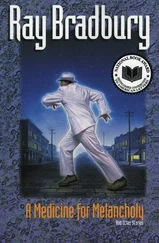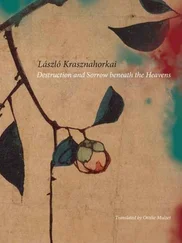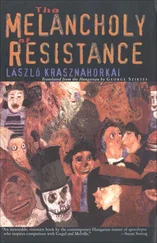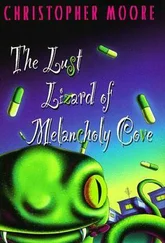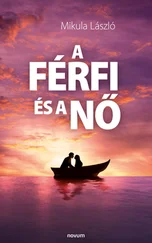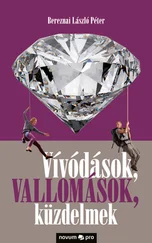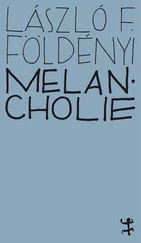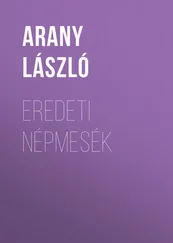Just as an identity of proportion is not replicable, neither is an identity of mind. Without a corresponding proportion the mind cannot enliven a body. For example, your eye’s seeing could not be anyone else’s seeing (even if it were separated from your eye and were joined to another’s eye), because it could not find in another’s eye the proper proportion that it finds in your eye. Similarly, the discriminating that is present in your seeing could not be the discriminating in another’s seeing. Likewise, your understanding of that discrimination could not be someone else’s understanding of it. Hence, I deem the following not at all to be possible: that a single intellect be present in all men.
( Idiota de mente , bk. 12, in Complete Philosophical and Theological Treatises of Nicholas of Cusa , 1:579)
There is no
common
intellect, no
common
judgment of the world, and therefore no commonly shared world can exist. The world breaks up into worlds with separate entrances that are fragile and fallible to begin with and serve as a trap for those who wish seriously to take them into account.
In the view of Pico della Mirandola, people should follow their own genius and natural attraction; in other words, they should trust and believe in their own powers of creation. If Renaissance personalities had obeyed the diabolical injunction to “be yourself,” they would have had to turn into creators; the world was not “natural” and not given from the outset, but had to be created like a work of art or a piece of work. If they stepped onto the life-giving and yet ultimately fatal path of perfect autonomy, they had to turn into artists , in the broadest sense of the word. Departing from the analyses of melancholia in antiquity and the Middle Ages, anyone investigating the defining features of melancholia in the Renaissance and the modern era can remarkably often take examples from art. The literature of art criticism and theory, which awakened and then proliferated in the Renaissance, and the birth of a philosophy of art (later to be called aesthetics), indicate the changed position of art — the individual genres were not derivable from an existing, given culture, and the creations of individuals became arbitrary, art istic. (One sign of this was that, from the twelfth and thirteenth centuries onward, artists started to sign their paintings.) The religious and metaphysical ties that guaranteed the confinement of culture gradually started to loosen, and a work of art sought to represent, to depict, to reflect (those were the basic categories of Renaissance art theory), that is, it attempted to create out of itself ties able to bind culture together as a whole, creating a new world. 20However, individual effort directed at creating a world of general validity indicates the contradiction that not only characterizes the Renaissance mentality but is also the source of melancholia in the modern age. Art previously had reflected on universality and all things in a fraction of the life, feelings, and adventures of an individual, but this could not be said at all about the art of the modern age. In cultures defined by religion and metaphysics there was no break between the individual phenomenon and the general worldview: the foliation winding endlessly above the gateway of a Gothic church is inseparable from the saints surrounding the gate, from which there is a similarly unbroken transition to the barely visible grotesque figures of the gargoyles placed high up — the Gothic church does not just represent and symbolize Christian culture but is identical with it. Christian art is a natural unfolding of an already-existing world — that is why the criteria of present-day art criticism can be applied to it only with difficulty. It is so far from being the product of individual endeavor that one discovers the same pathos and faith in every work of art, irrespective of the quality of technical execution. One would look in vain for traces of melancholia in the art of the Middle Ages. Separation made melancholics so, whereas the art of the period stands for precisely the opposite of separation and introduces people into a world common for everyone . In the Middle Ages, melancholia was madness; art was sober and pious faith. The positions of the art of the Renaissance and modern times are contrary to this; we might even venture to say that from then on the boundaries of art have been demarcated by melancholia. Those boundaries are a claim to complete autonomy, a concomitant individual creativity, and a realization of the contradictoriness of the notion of individual omnipotence, which, as the Arnolfini picture demonstrates, is latent in every major work. (In the art of the Renaissance, of course, awareness of that contradiction was present only in embryonic form; however, it “blossomed” from the seventeenth and eighteenth centuries onward, when the fracture between individual endeavor and “objective” validity was the most determining mark of art.) The dilemma of art in modern times is identical with the dilemma of melancholia in modern times: is the work of art a closed formation that can be decoded exclusively on its own terms, not being determined by outside forces but much rather dictating rules to the “outside” world — or a mirror image that is supposed to depict and represent “external” conditions and, for that reason, can be explained by factors external to it? This is a typically modern problem, and whether one emphasizes the transition between world and artwork, or the chasm that yawns between the two, one divides the culture into poles between which, for all the subtlest dialectic, a connection can be created only externally. The formal problem of art in modern times is rooted in this. The world is reduced to what the work of art maintains about it (which accords with the notion of the autonomy of the work), or the work can be examined from the viewpoint of what it communicates about the world (this corresponds to the modern, empirical notion).
The formal problem of art reflects the paradoxical situation of Renaissance melancholics. The individual strove for infinite autonomy, but his reward was resignation, the insight that attaining the sole desirable human state would prove to be impossible. They wished to be omnipotent, but despair got the better of them: no one sees the limitations of human existence as well as those who wish to step over these limits. Renaissance melancholics were characterized at once by heroic effort and resignation, will and insight, an all-destructive denial and an all-accepting acquiescence. Melancholics were characterized by a Socratic all-or-nothing basic position — as is the art of the modern age, which creates an autonomous world, only to press it into form and, while asserting its right to be regarded as the exclusive reality, proclaim with masochistic pleasure its own illusory artistic being. 21Presumably, a similar consideration prompted Thomas Mann to make the following observation: “Irony is always aimed in two directions: at life and at the spirit alike: that determines its behavior, making one melancholic and modest. Art, too, is melancholic and modest, insofar as it is ironic — or rather, the artist is that” ( Essays , 2:45). The hallmarks of Renaissance melancholia may be discerned in art; for the first time in history, melancholia was the subject and predicate, the content and formal principle of art. On the one hand, there are works that deal with melancholia, either thematically (Dürer, Lucas Cranach, Jacob de Gheyn, etc.) or in their outlook (portraits, van Eyck), and on the other hand, melancholia lurks in the background of modern art as a whole, though it does not necessarily burst to the surface. The aim of art in the modern age is individual world creation — that is why artworks are utopian, in the original sense of the word. Instead of being led to a place existing somewhere , the viewer is instructed that the world created by an artwork exists nowhere (  ). The world-creating intention of the work of art draws attention to failure and futility, to the nothing that entrenches itself in existence. Every significant piece of art is utopian because it lays out the nothing latent in the here and now , hence the sorrow and inconsolability that emerges from every major work of the modern age. 22A closed work points at nothing , and it thereby opens. We are free to enter. Yet the dazzling wealth and diversity begin to disintegrate somewhere, at the most unexpected moment, and all the things that had seemed so captivating are gradually swathed in indissoluble grief.
). The world-creating intention of the work of art draws attention to failure and futility, to the nothing that entrenches itself in existence. Every significant piece of art is utopian because it lays out the nothing latent in the here and now , hence the sorrow and inconsolability that emerges from every major work of the modern age. 22A closed work points at nothing , and it thereby opens. We are free to enter. Yet the dazzling wealth and diversity begin to disintegrate somewhere, at the most unexpected moment, and all the things that had seemed so captivating are gradually swathed in indissoluble grief.
Читать дальше

 ). The world-creating intention of the work of art draws attention to failure and futility, to the nothing that entrenches itself in existence. Every significant piece of art is utopian because it lays out the nothing latent in the here and now , hence the sorrow and inconsolability that emerges from every major work of the modern age. 22A closed work points at nothing , and it thereby opens. We are free to enter. Yet the dazzling wealth and diversity begin to disintegrate somewhere, at the most unexpected moment, and all the things that had seemed so captivating are gradually swathed in indissoluble grief.
). The world-creating intention of the work of art draws attention to failure and futility, to the nothing that entrenches itself in existence. Every significant piece of art is utopian because it lays out the nothing latent in the here and now , hence the sorrow and inconsolability that emerges from every major work of the modern age. 22A closed work points at nothing , and it thereby opens. We are free to enter. Yet the dazzling wealth and diversity begin to disintegrate somewhere, at the most unexpected moment, and all the things that had seemed so captivating are gradually swathed in indissoluble grief.